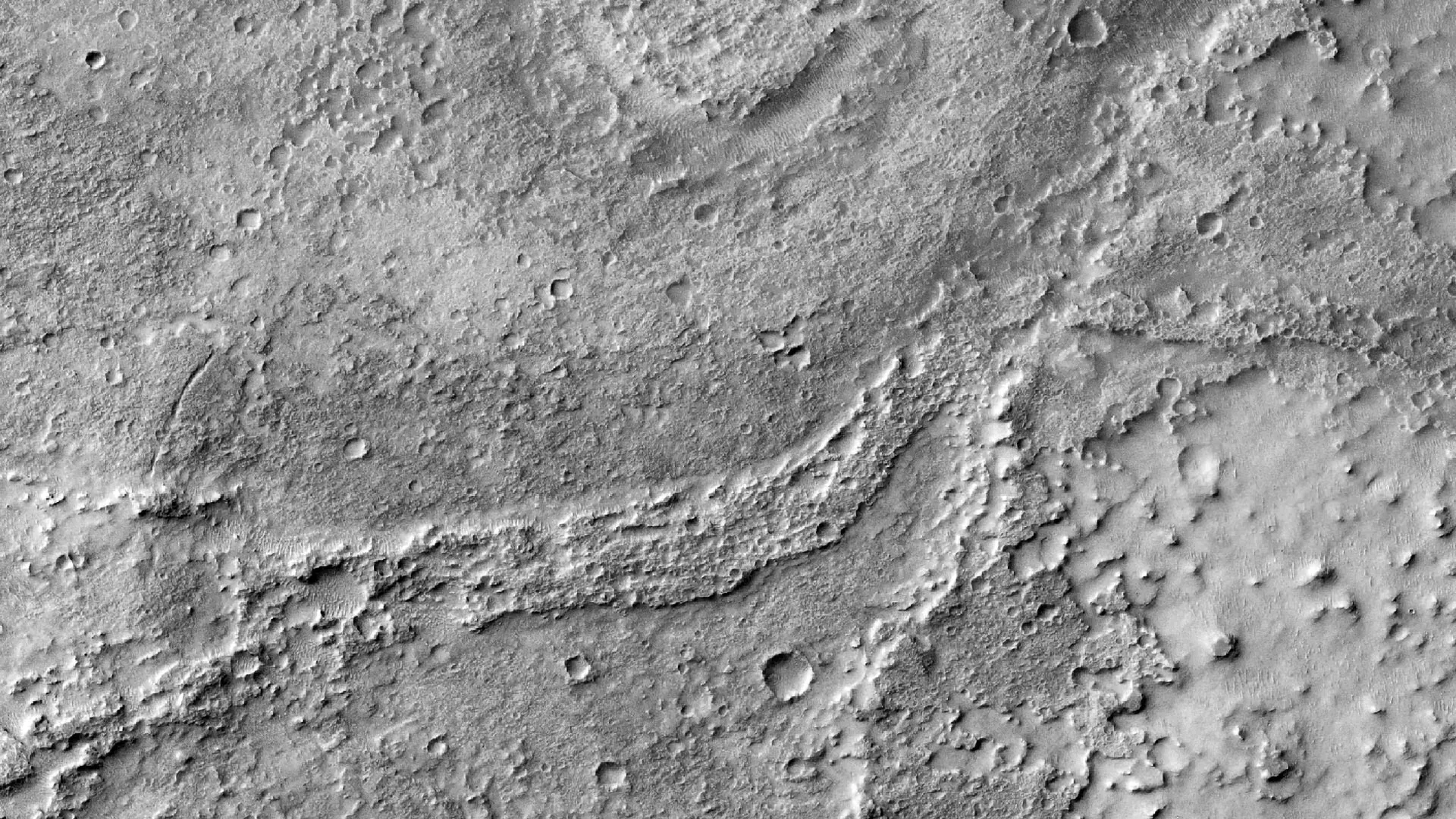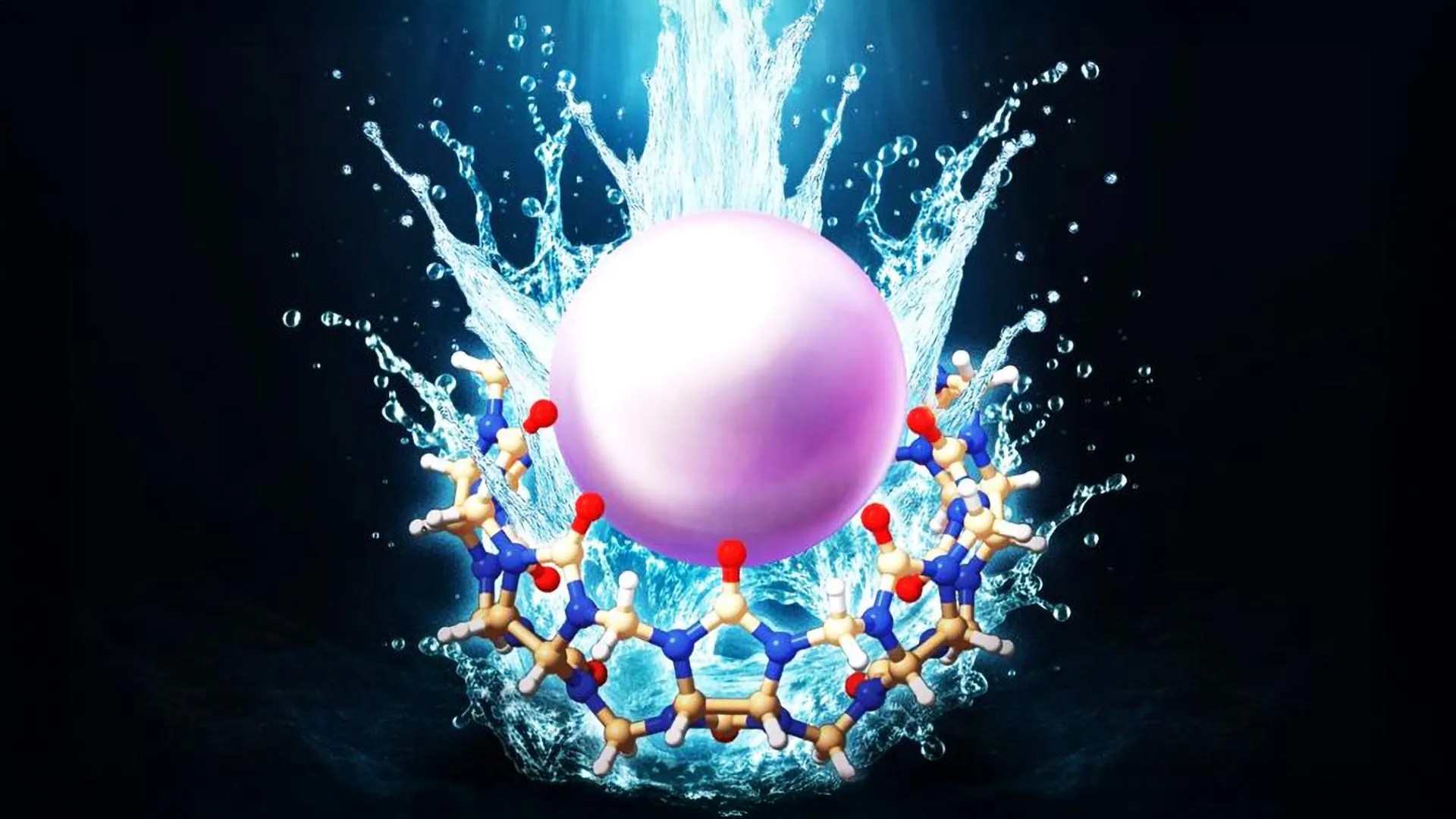The discovery of more than 15,000 kilometers of ancient riverbeds on Mars suggests that the Red Planet may once have been much wetter than previously thought.
Researchers looked at fluvial sinuous ridges, also known as inverted channels, across Noachis Terra – a region in Mars’ southern highlands. These are believed to have formed when sediment deposited by rivers hardened and was later exposed as the surrounding material eroded.
Similar ridges have been found across a range of terrains on Mars. Their presence suggests that flowing water was once widespread in this region of Mars, with precipitation being the most likely source of this water.
The new research, led by Adam Losekoot – a PhD student at the Open University, funded by the UK Space Agency – is being presented today at the Royal Astronomical Society’s National Astronomy Meeting 2025 in Durham.
The findings indicate that surface water may have been stable in Noachis Terra during the Noachian-Hesperian transition, a period of geologic and climatic change around 3.7 billion years ago.
Noachis Terra has not been studied as extensively as other regions of Mars, in part because it contains few valley networks, which are branching erosional features that have traditionally been used to infer historical rainfall and runoff.
The study instead focuses on fluvial sinuous ridges as an alternate form of evidence for ancient surface water.
“Studying Mars, particularly an underexplored region like Noachis Terra, is really exciting because it’s an environment which has been largely unchanged for billions of years. It’s a time capsule that records fundamental geological processes in a way that just isn’t possible here on Earth,” said Losekoot.
He and his team used data from three orbital instruments: the Context Camera (CTX), the Mars Orbiter Laser Altimeter (MOLA) and the High Resolution Imaging Science Experiment (HiRISE).
These datasets allowed the team to map the locations, lengths and morphologies of ridge systems across a wide area.
Many of the features appear as isolated ridge segments, while others form systems extending for hundreds of kilometers and rising tens of meters above the surrounding terrain.
The broad distribution and form of these ridges suggest that they likely formed over a geologically significant period under relatively stable surface conditions.
The spatial distribution and extent of the features indicate that the water source was precipitation.
“Our work is a new piece of evidence that suggests that Mars was once a much more complex and active planet than it is now, which is such an exciting thing to be involved in,” said Losekoot.
The fact that the ridges form extensive interconnected systems suggests that the watery conditions must have been relatively long-lived, meaning Noachis Terra experienced warm and wet conditions for a geologically relevant period.
These findings challenge existing theories that Mars was generally cold and dry, with a few valleys formed by ice-sheet meltwater in sporadic, short periods of warming.







